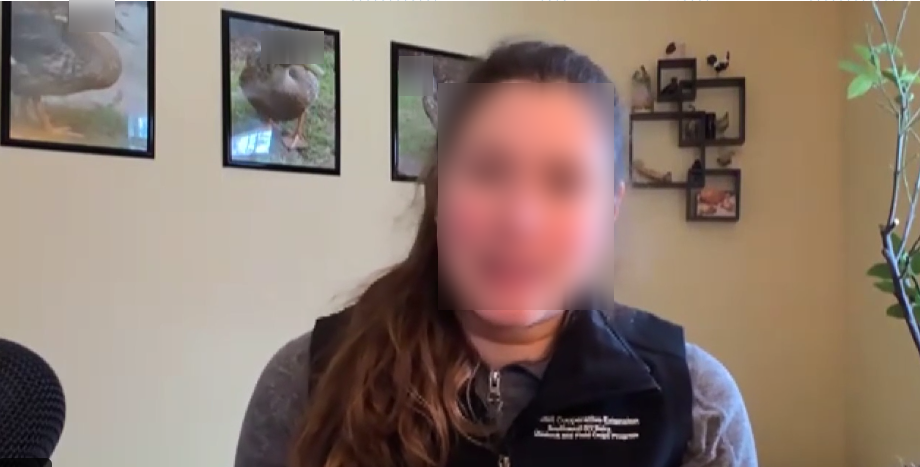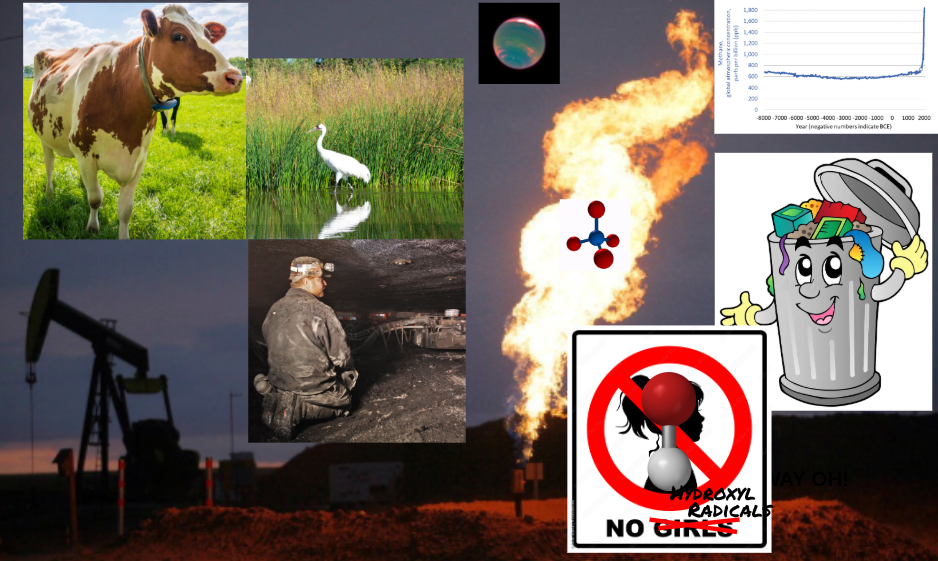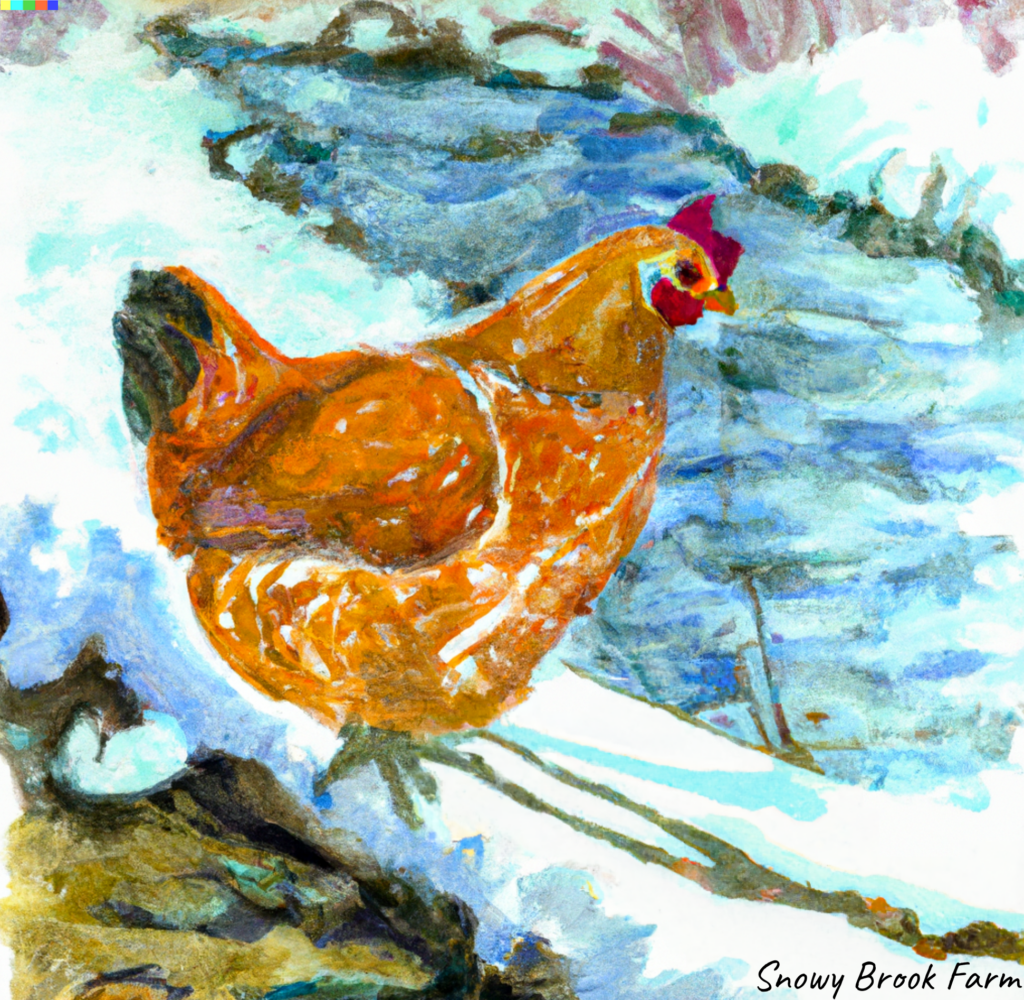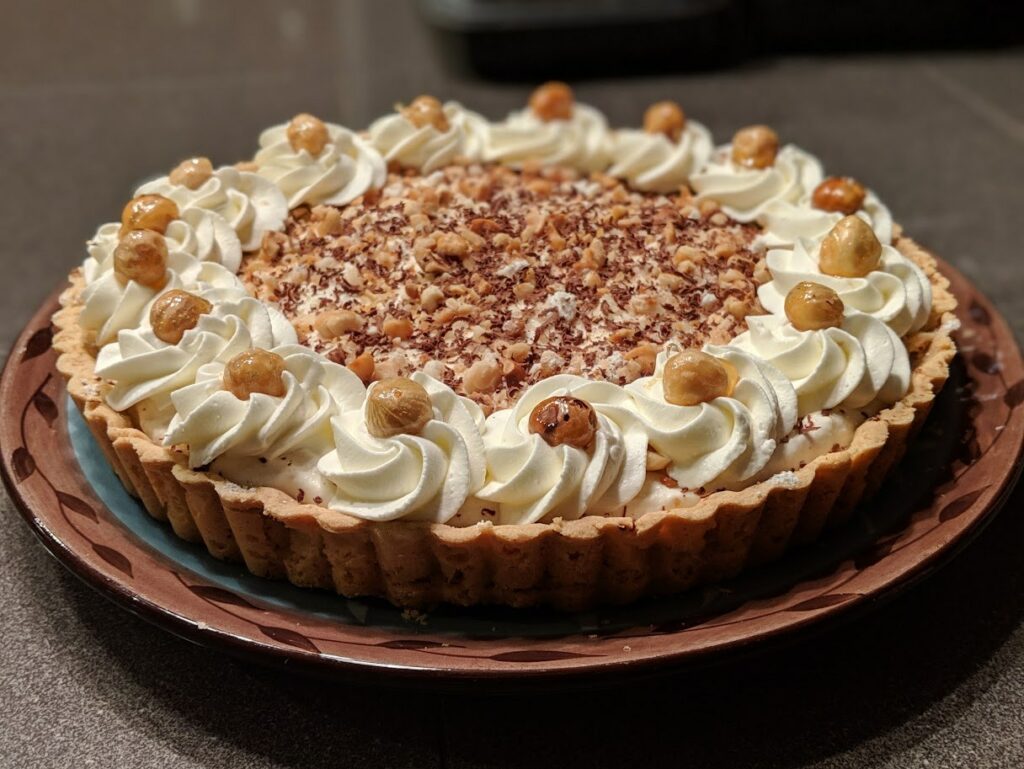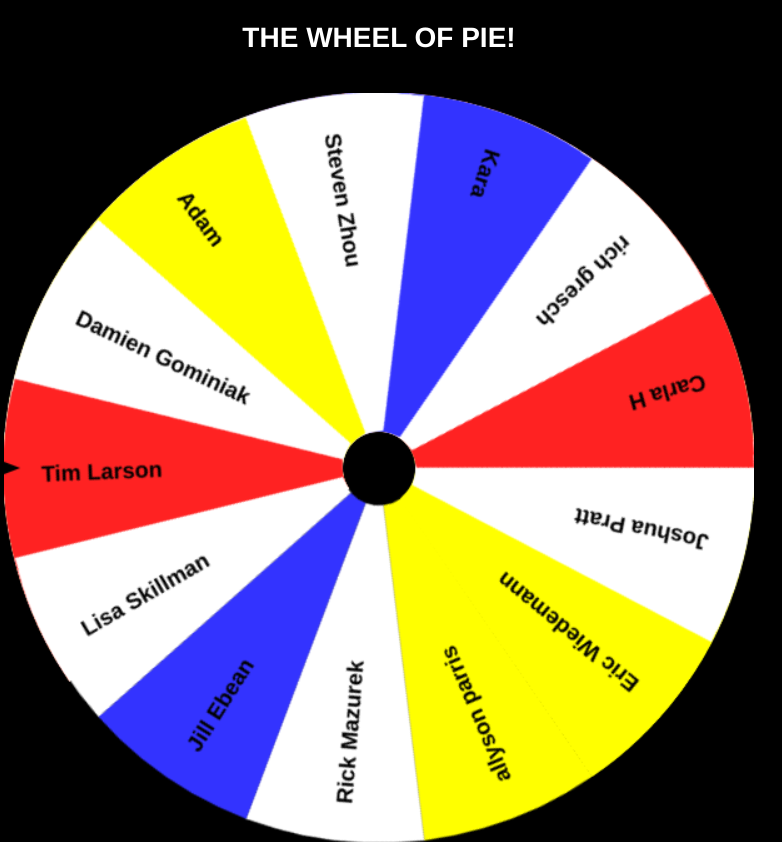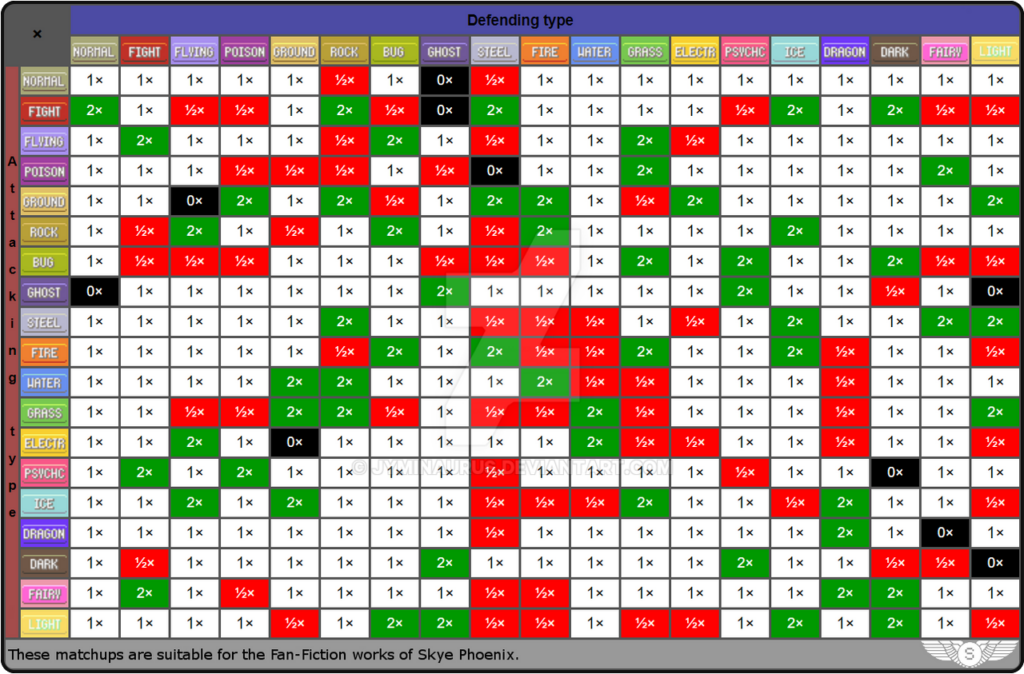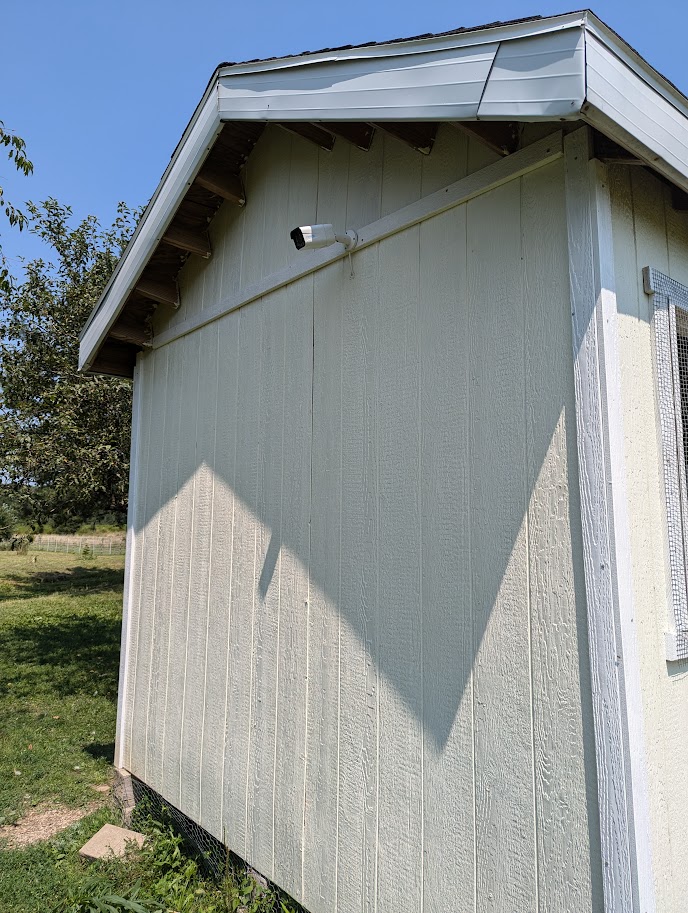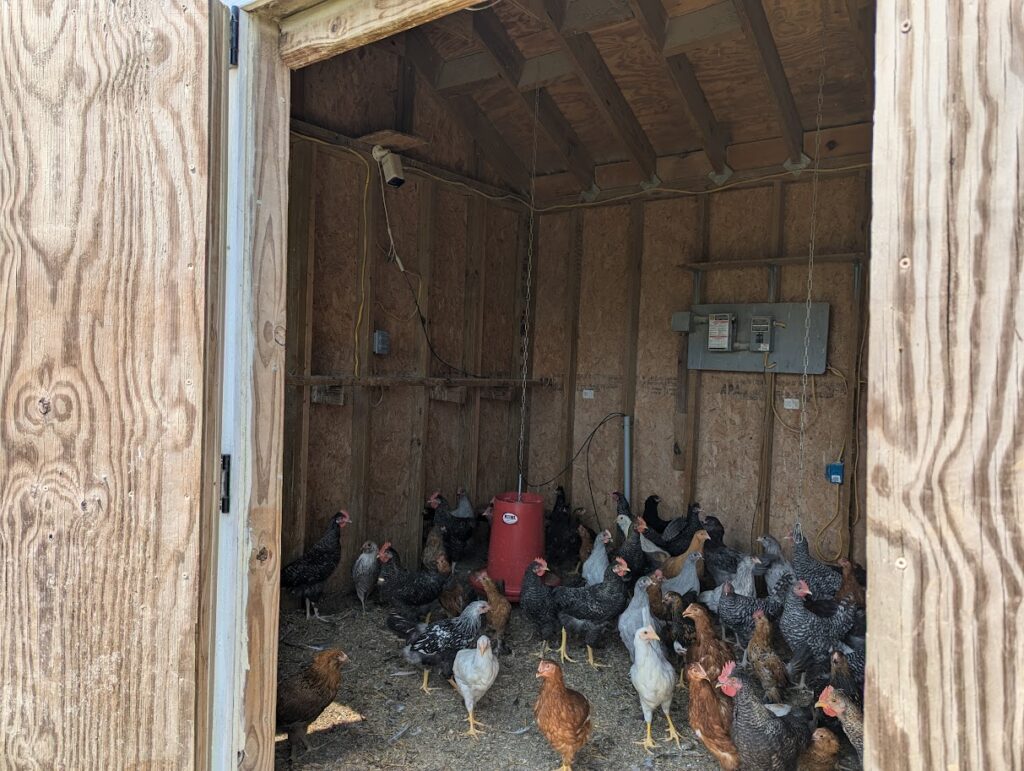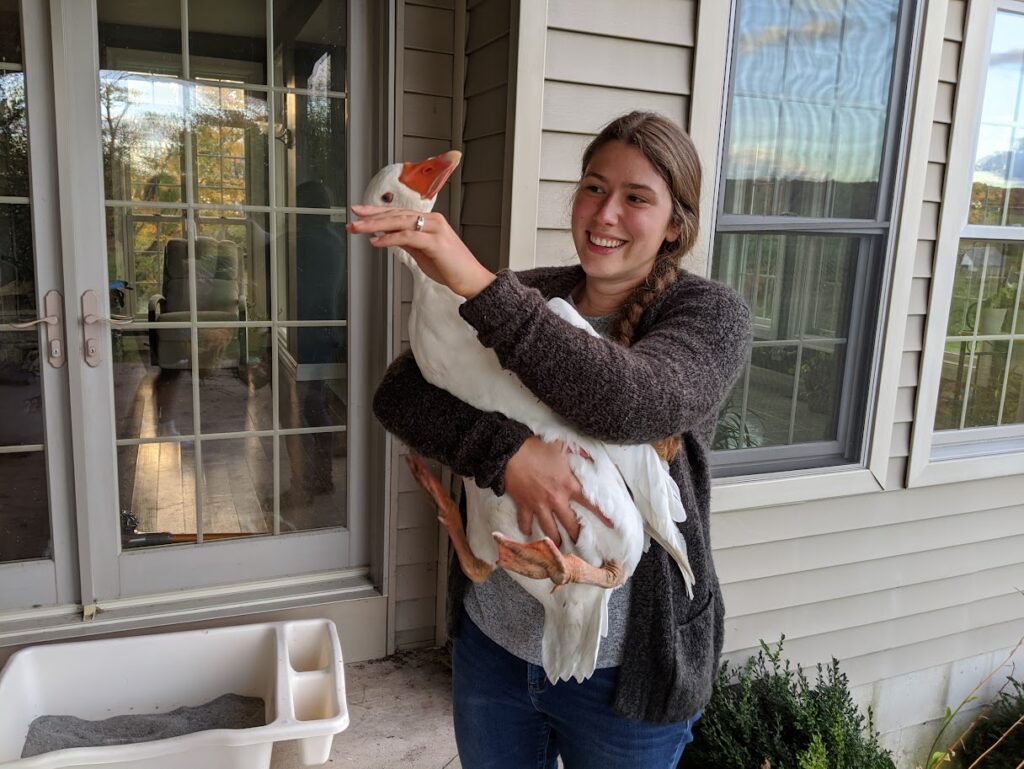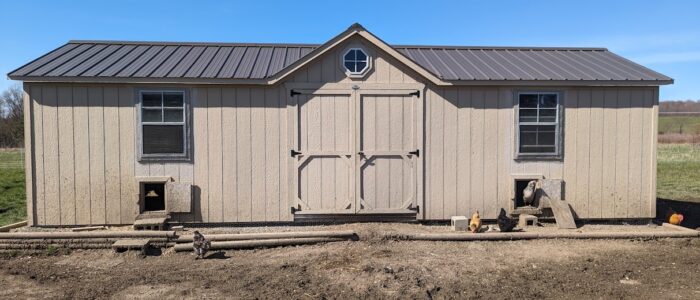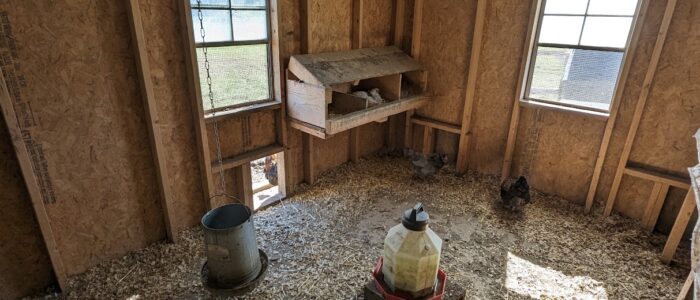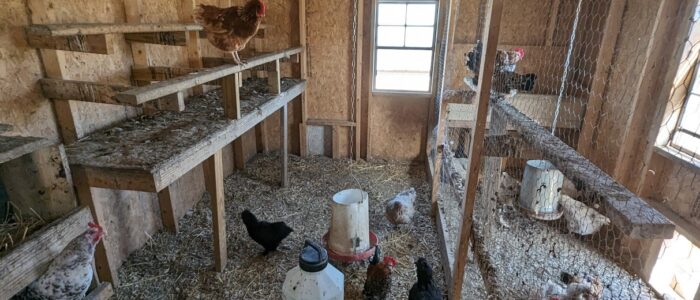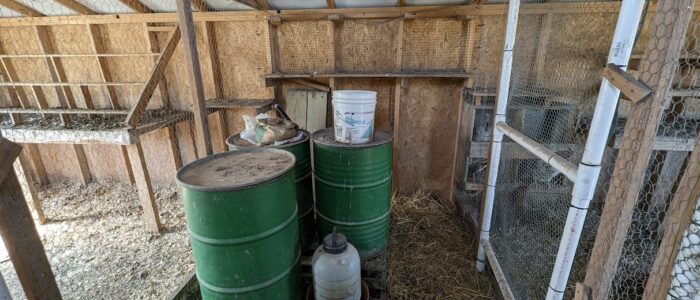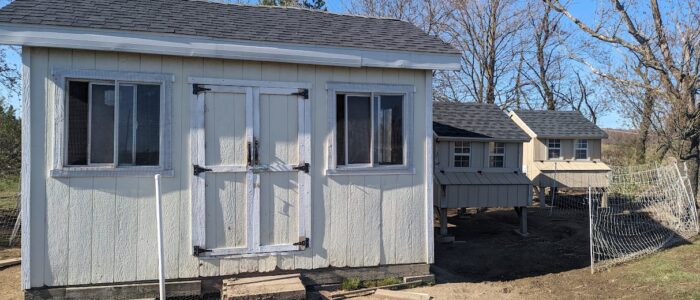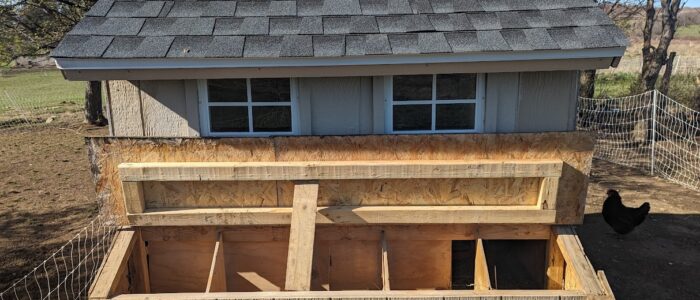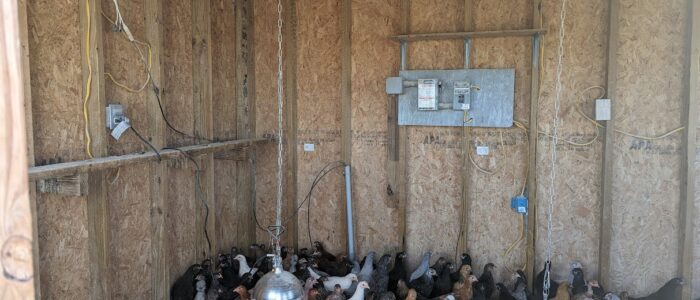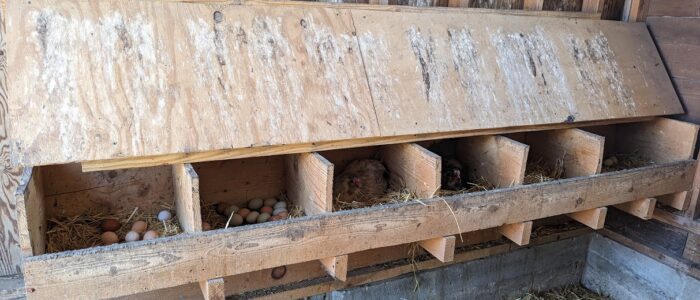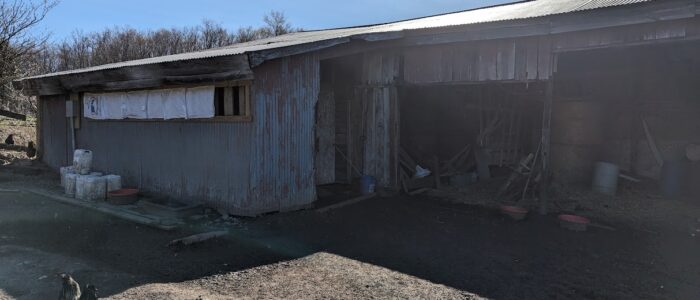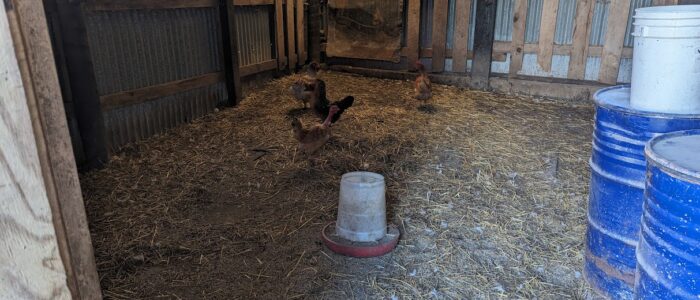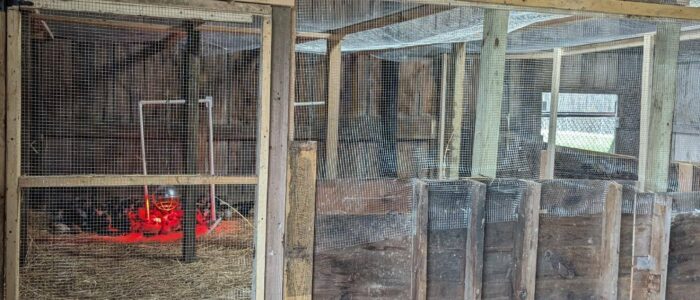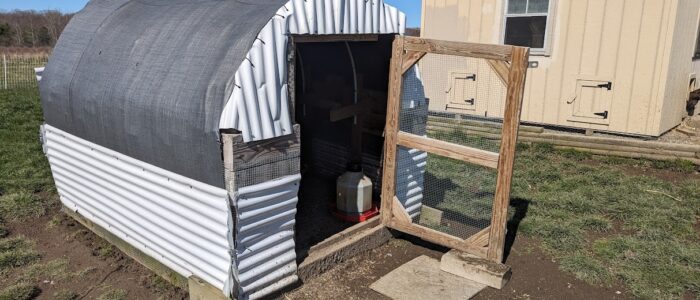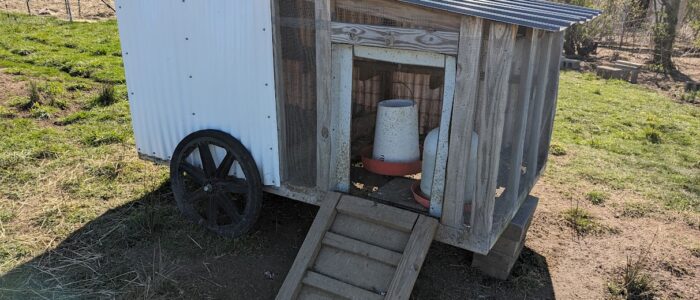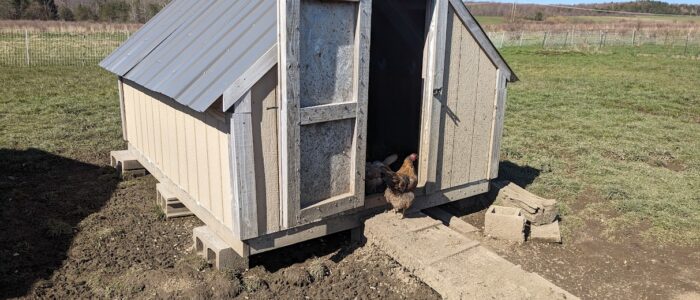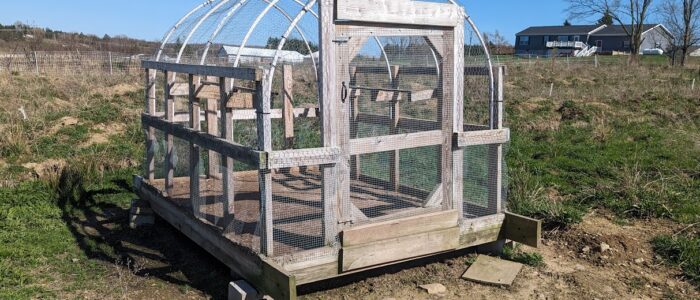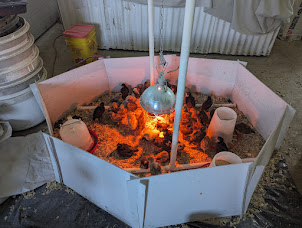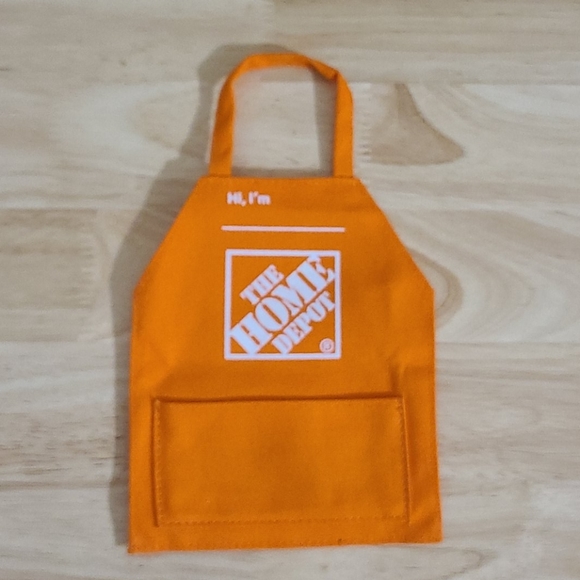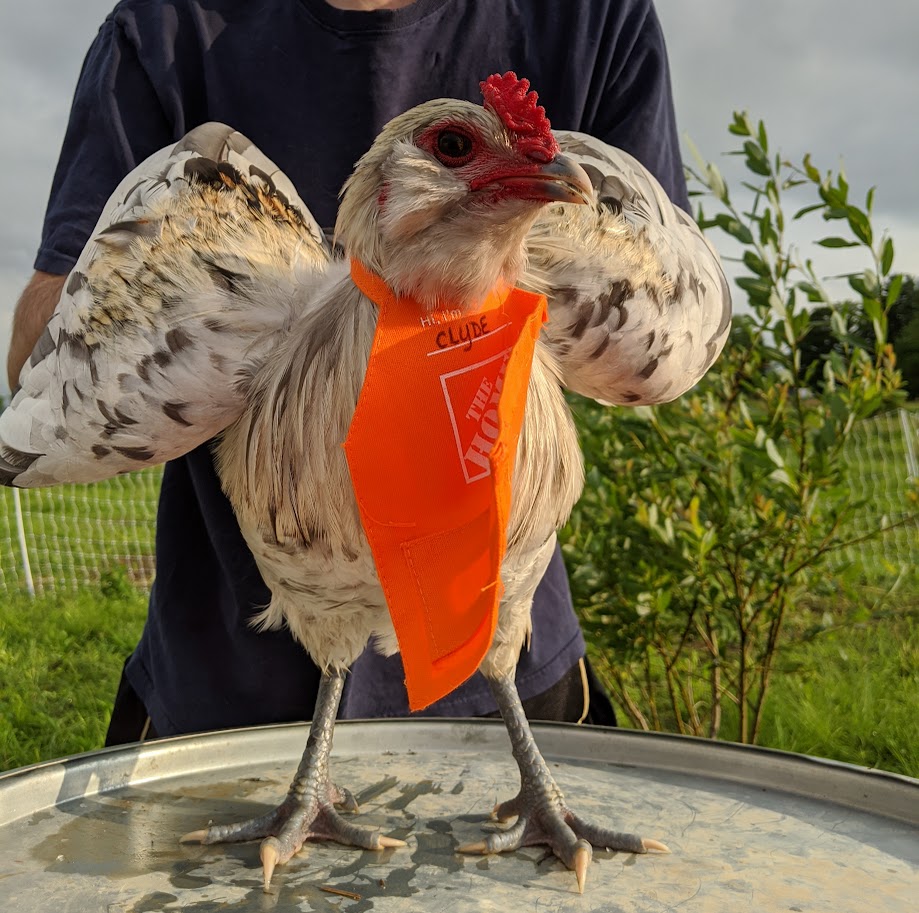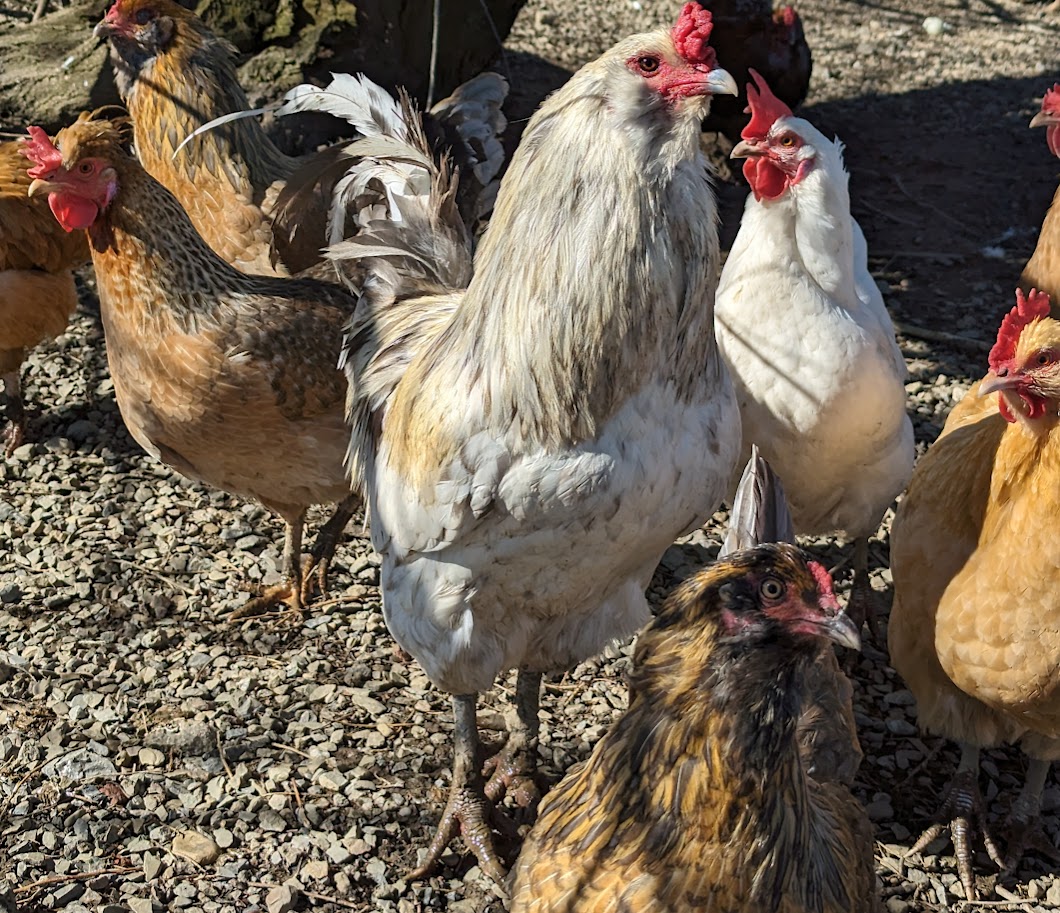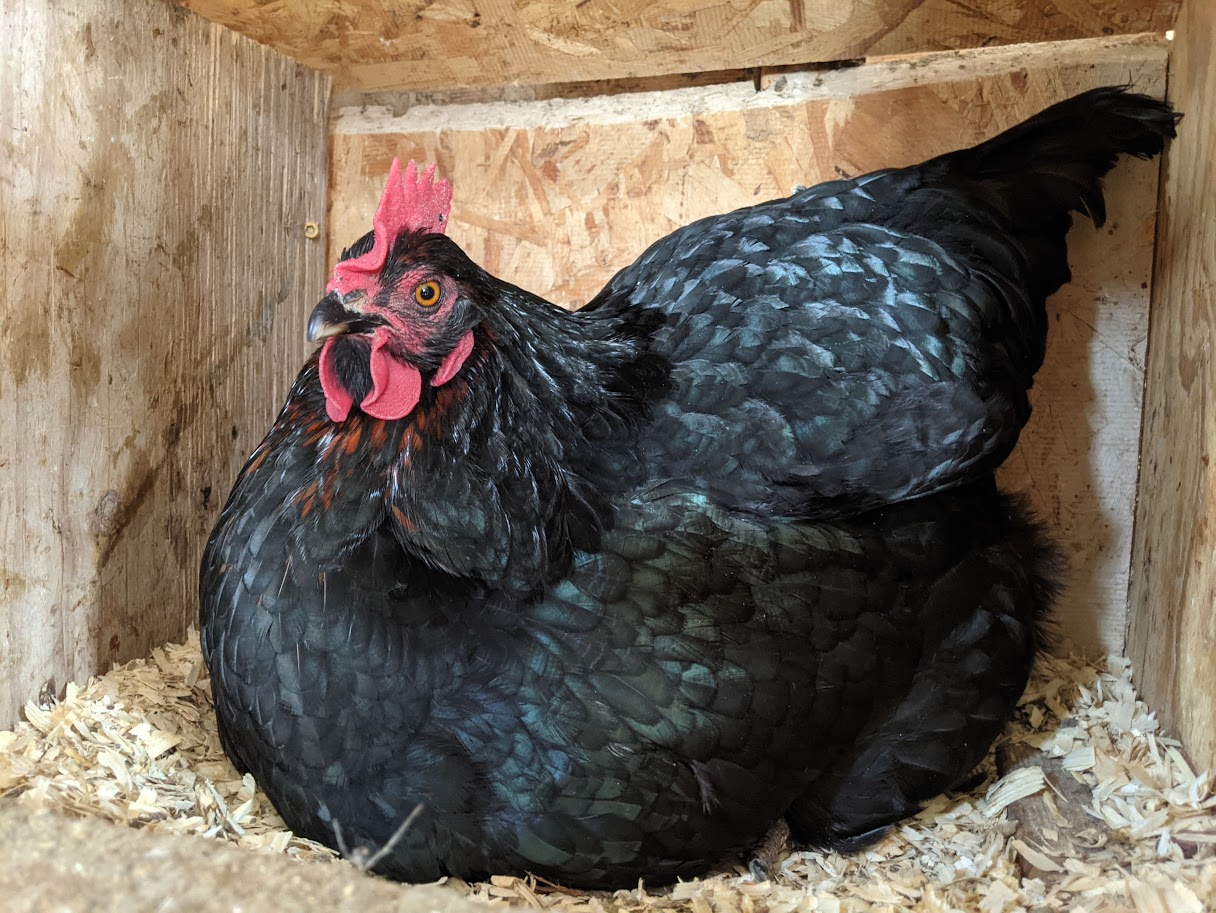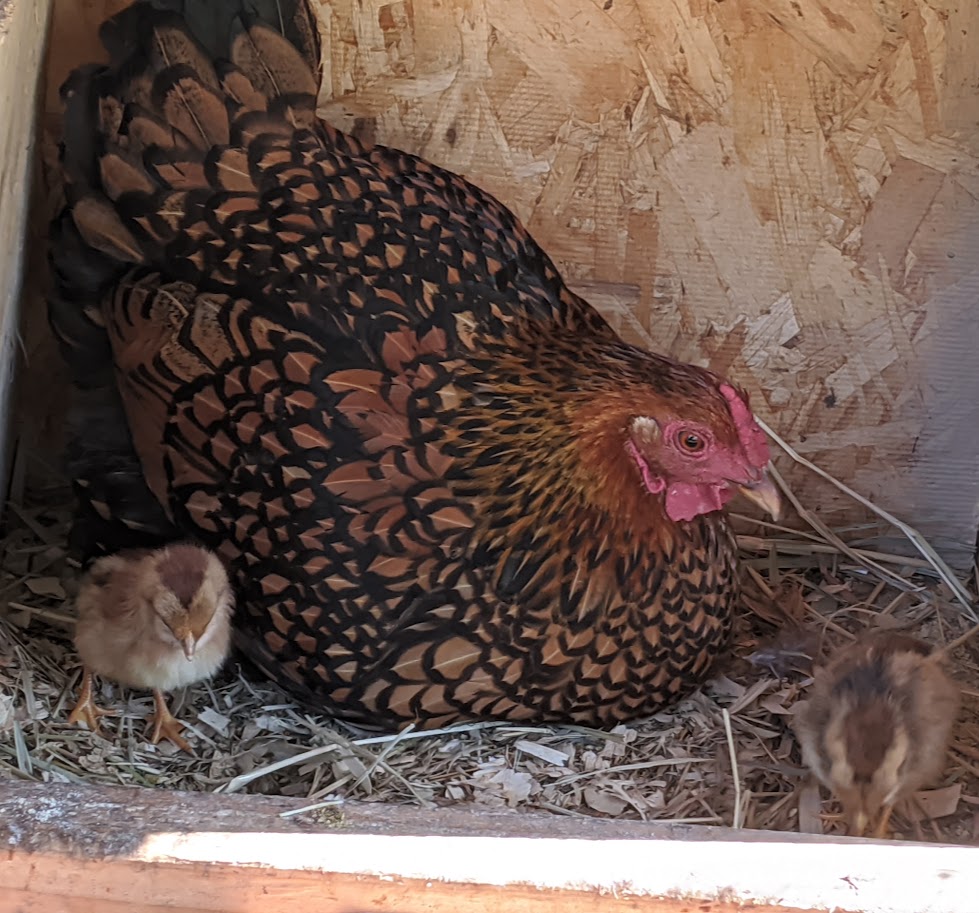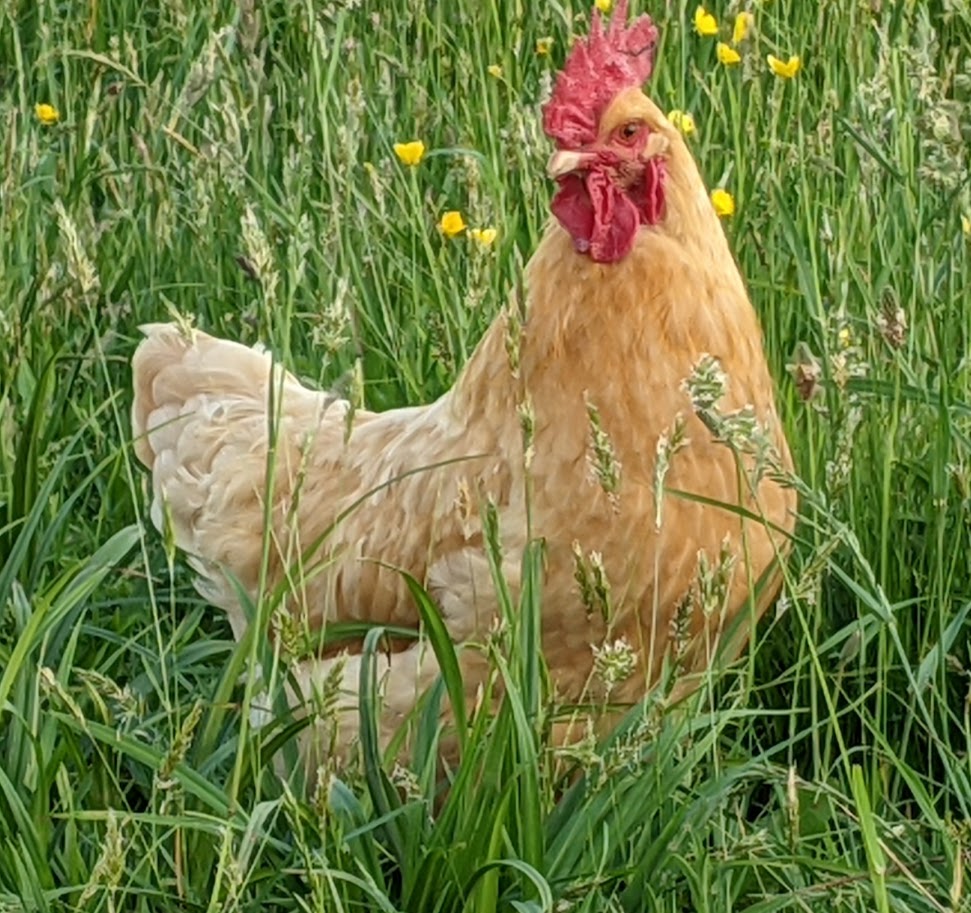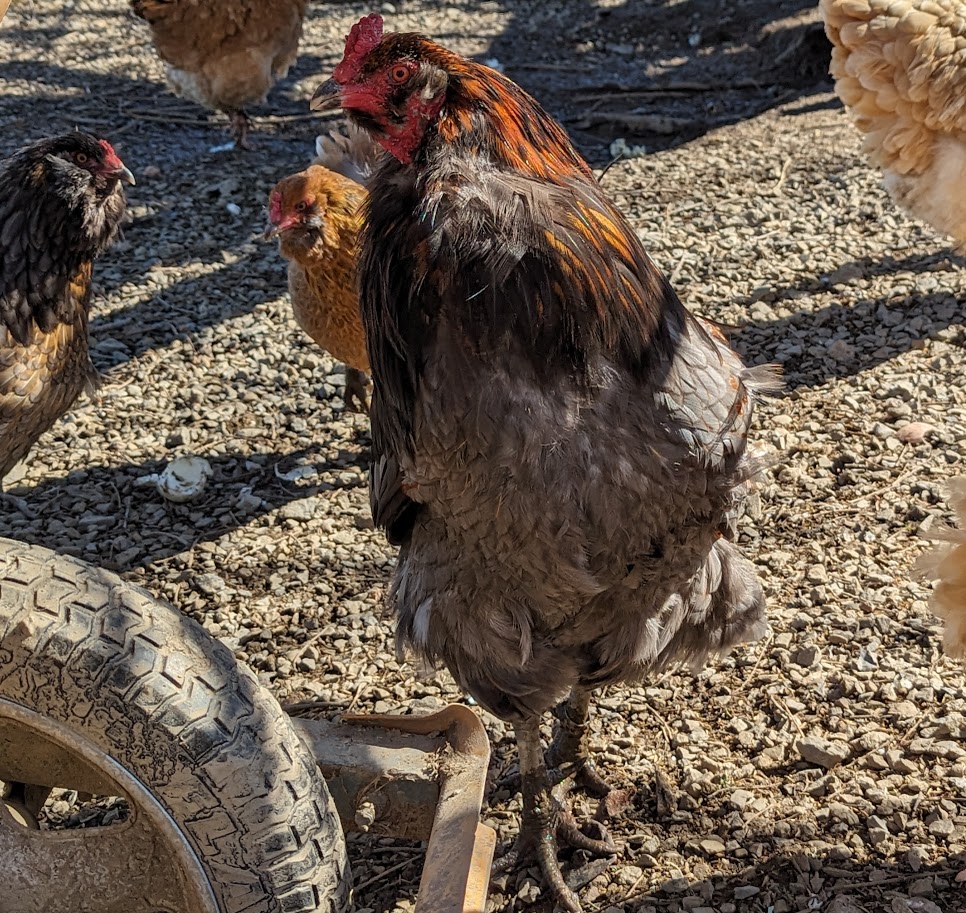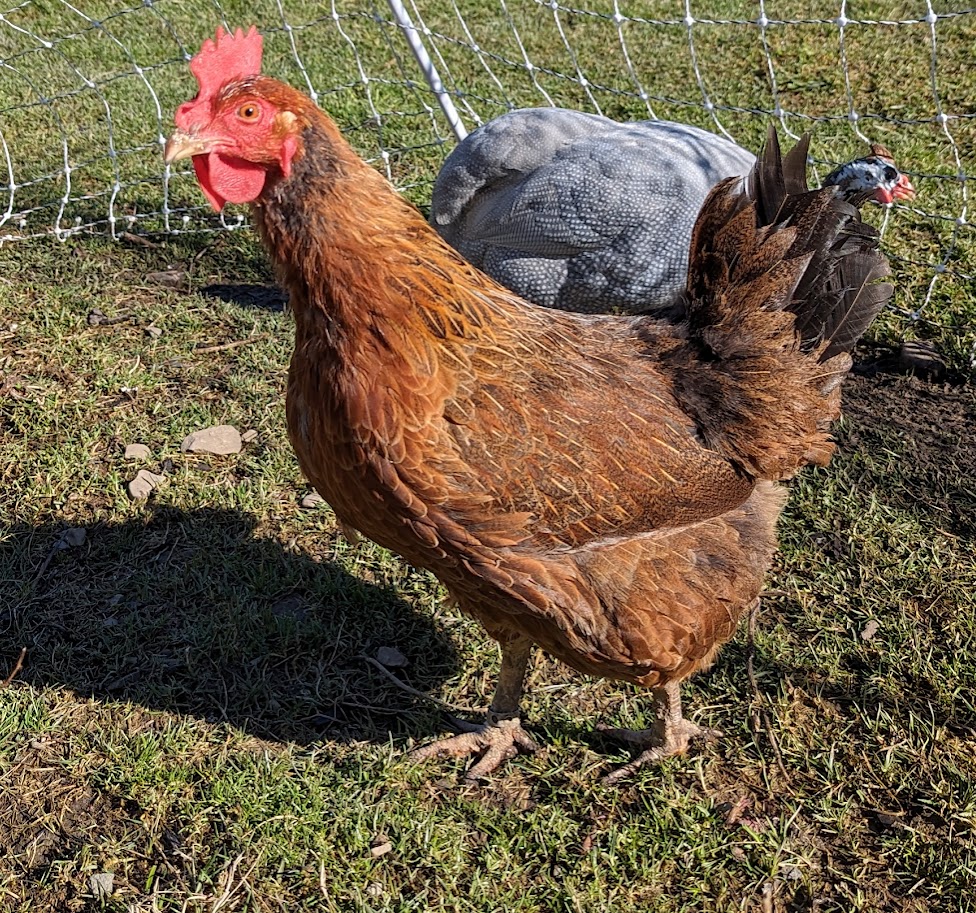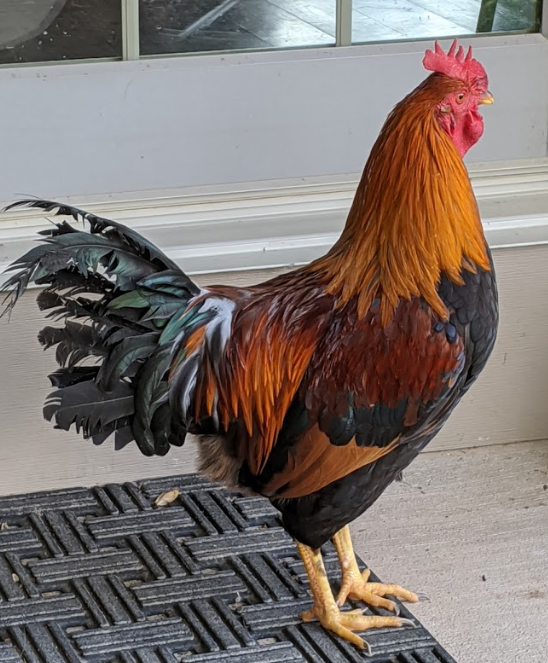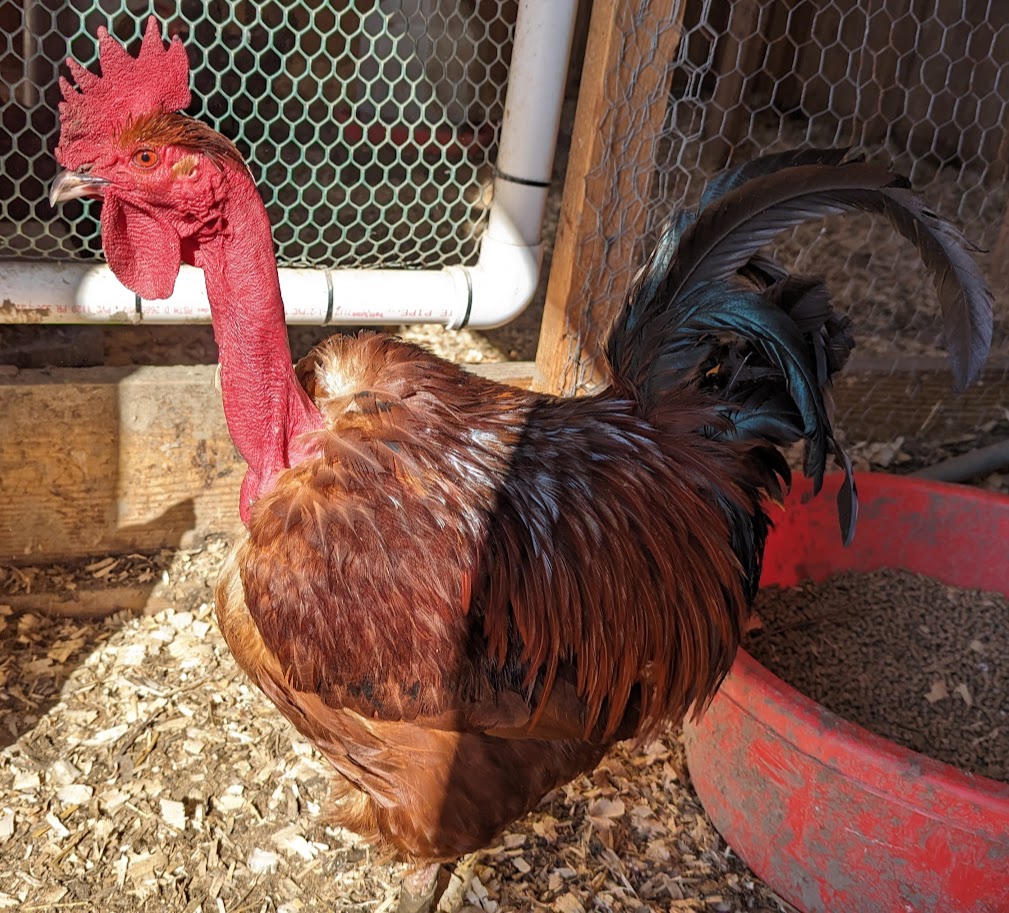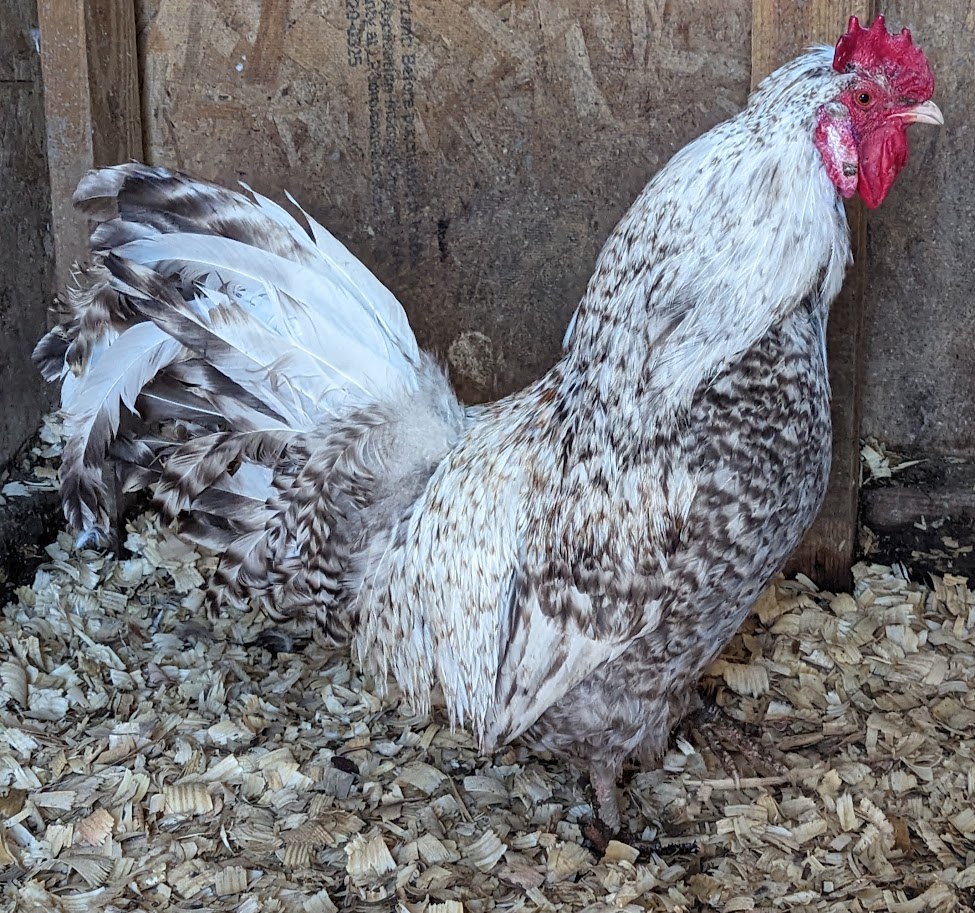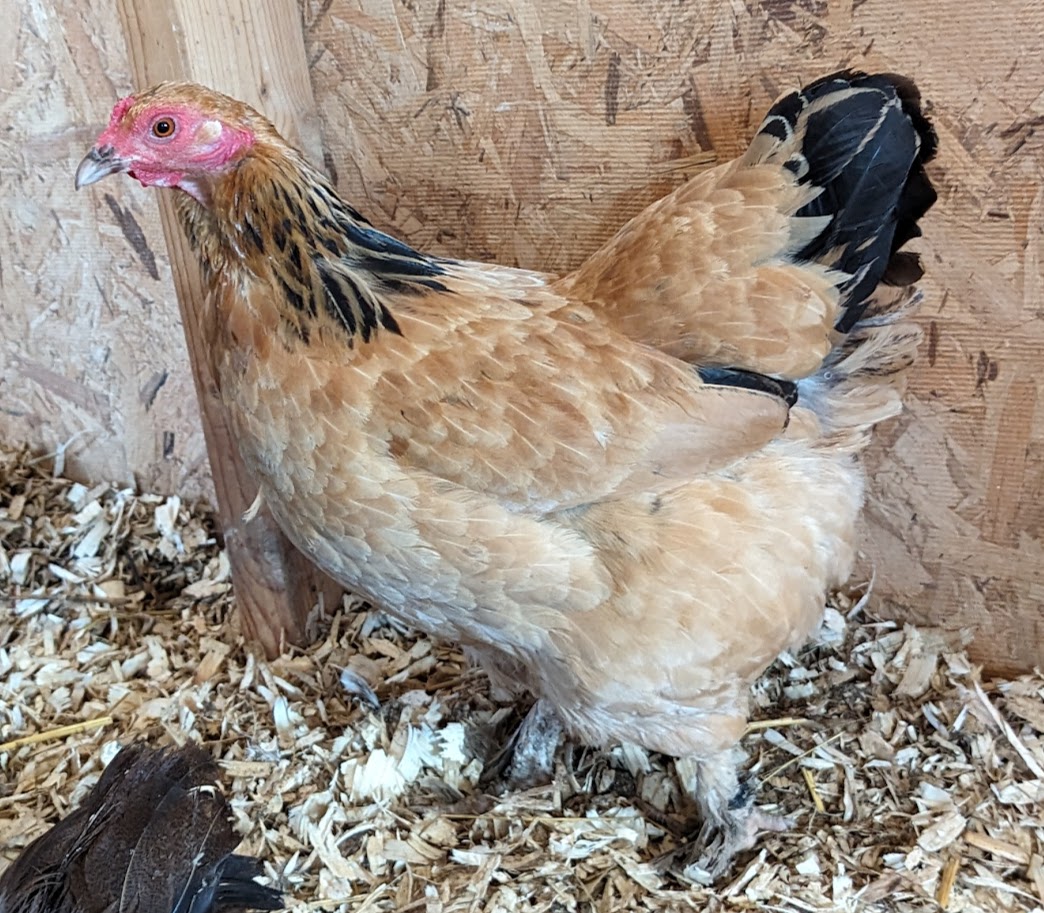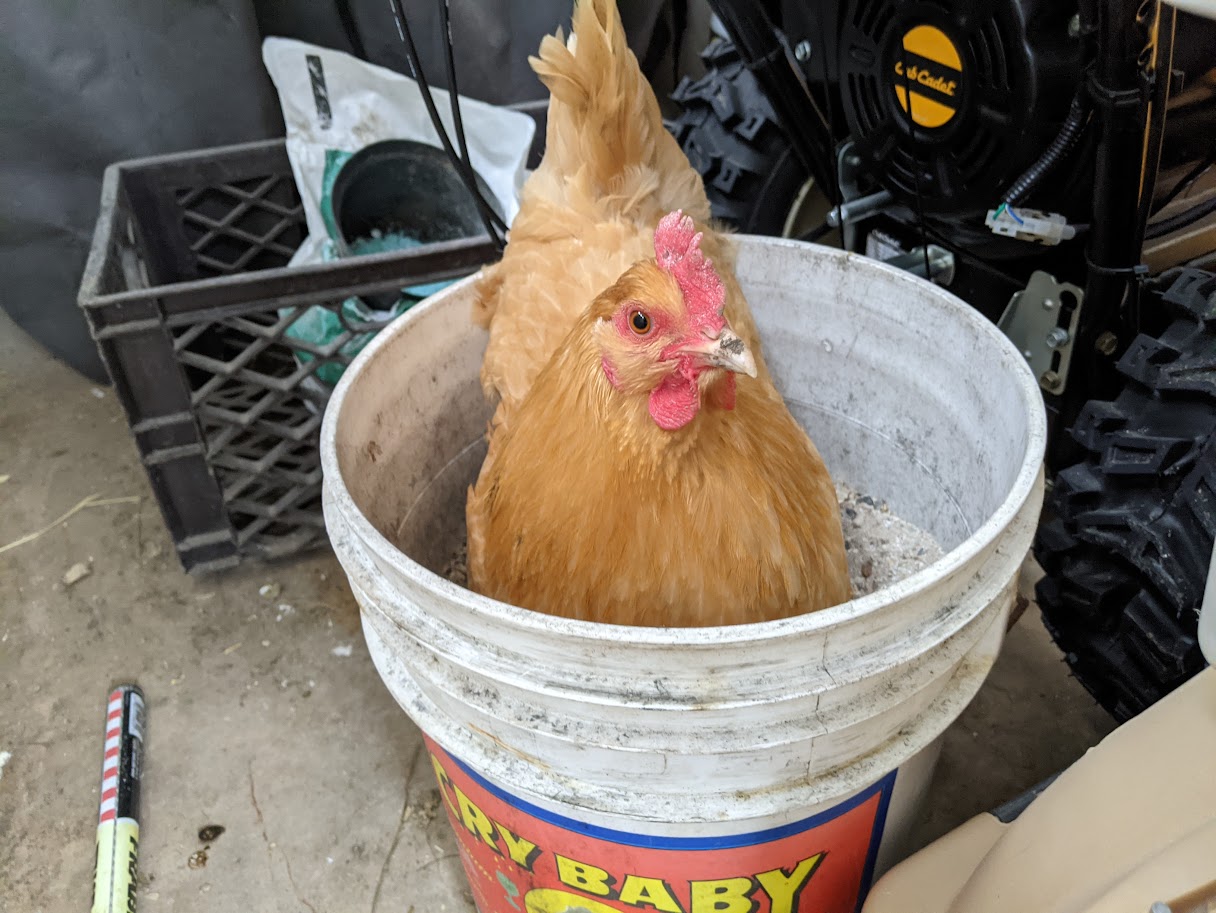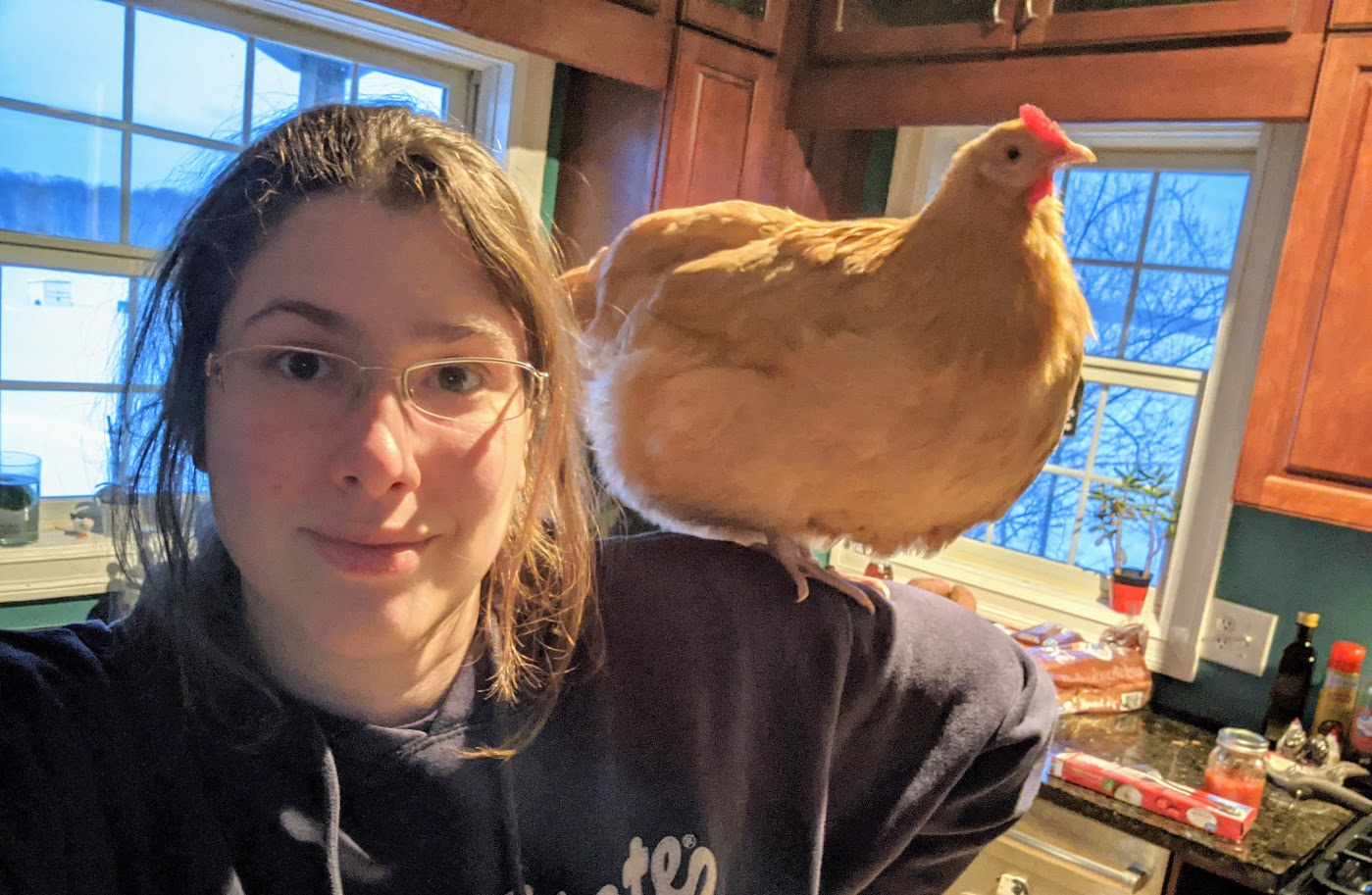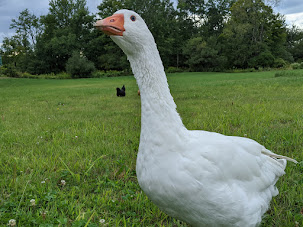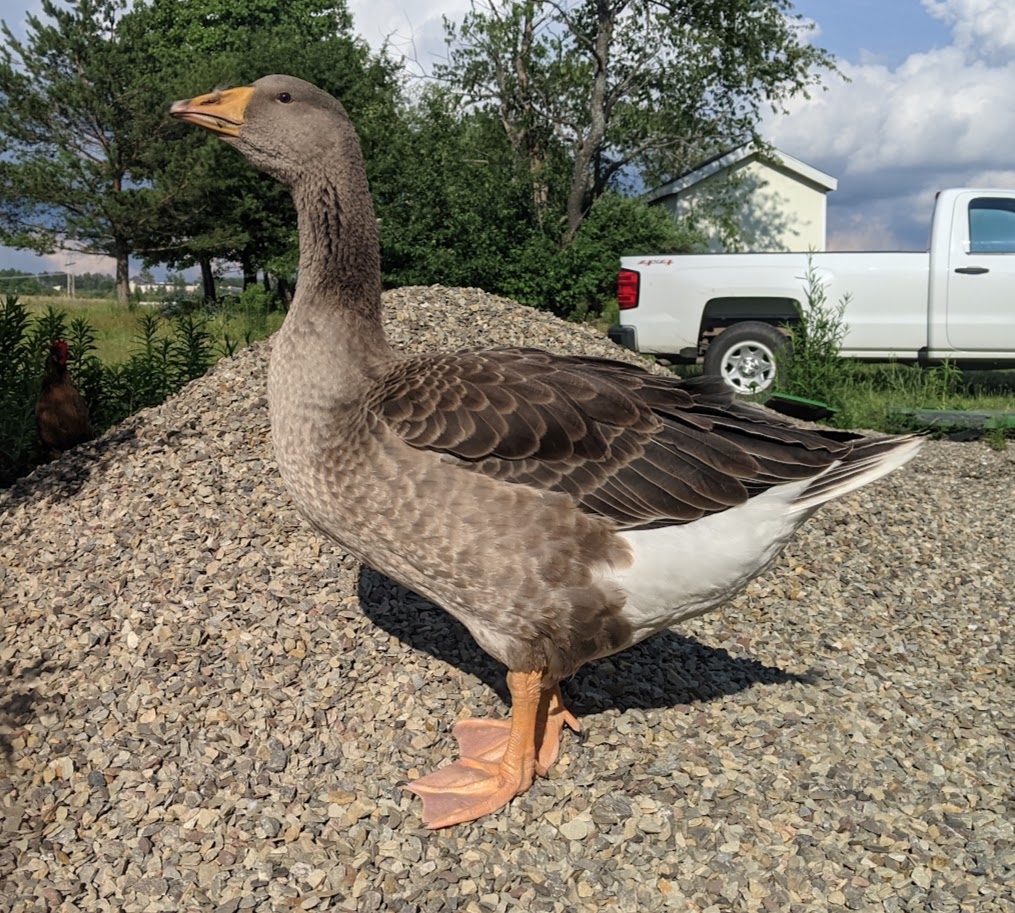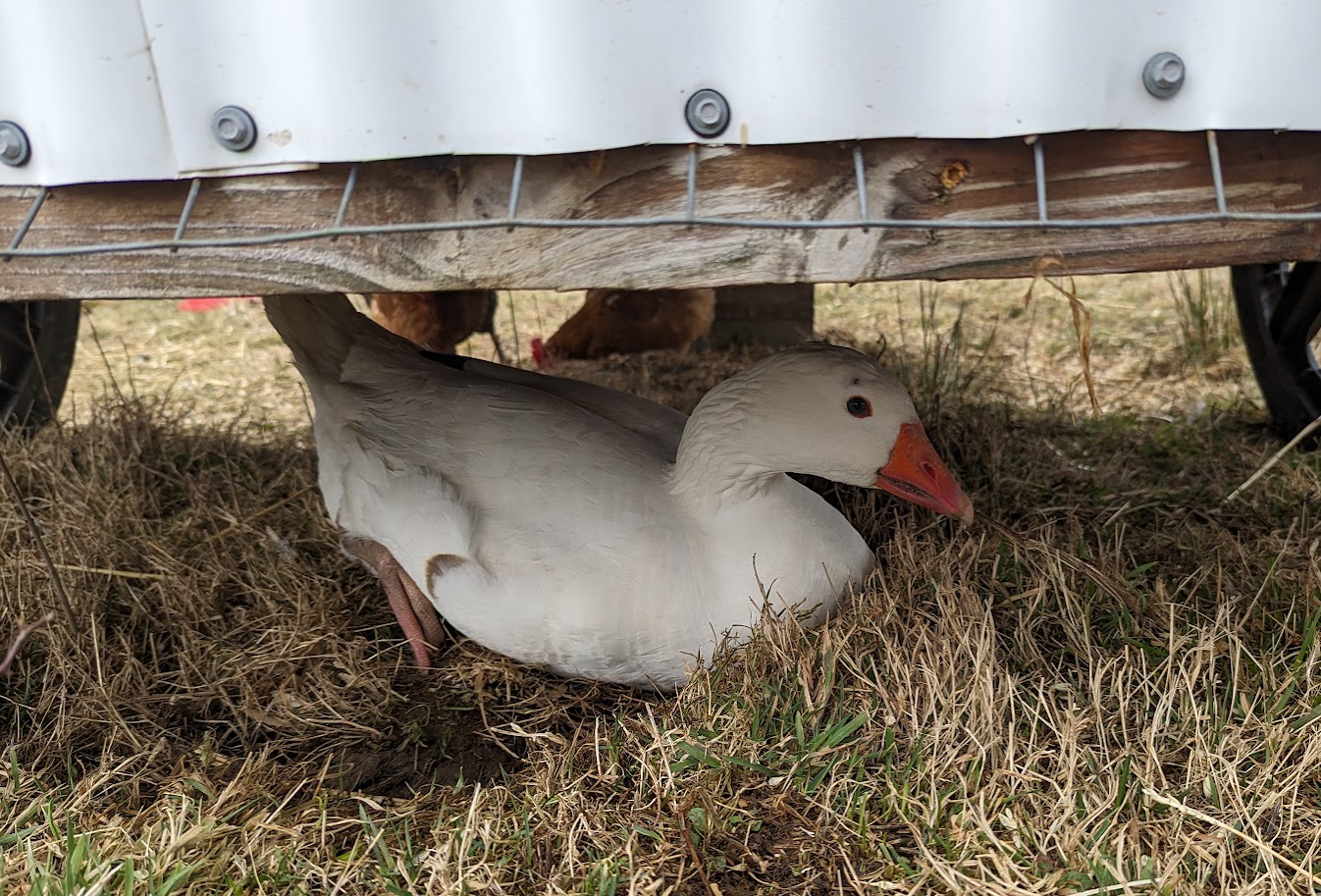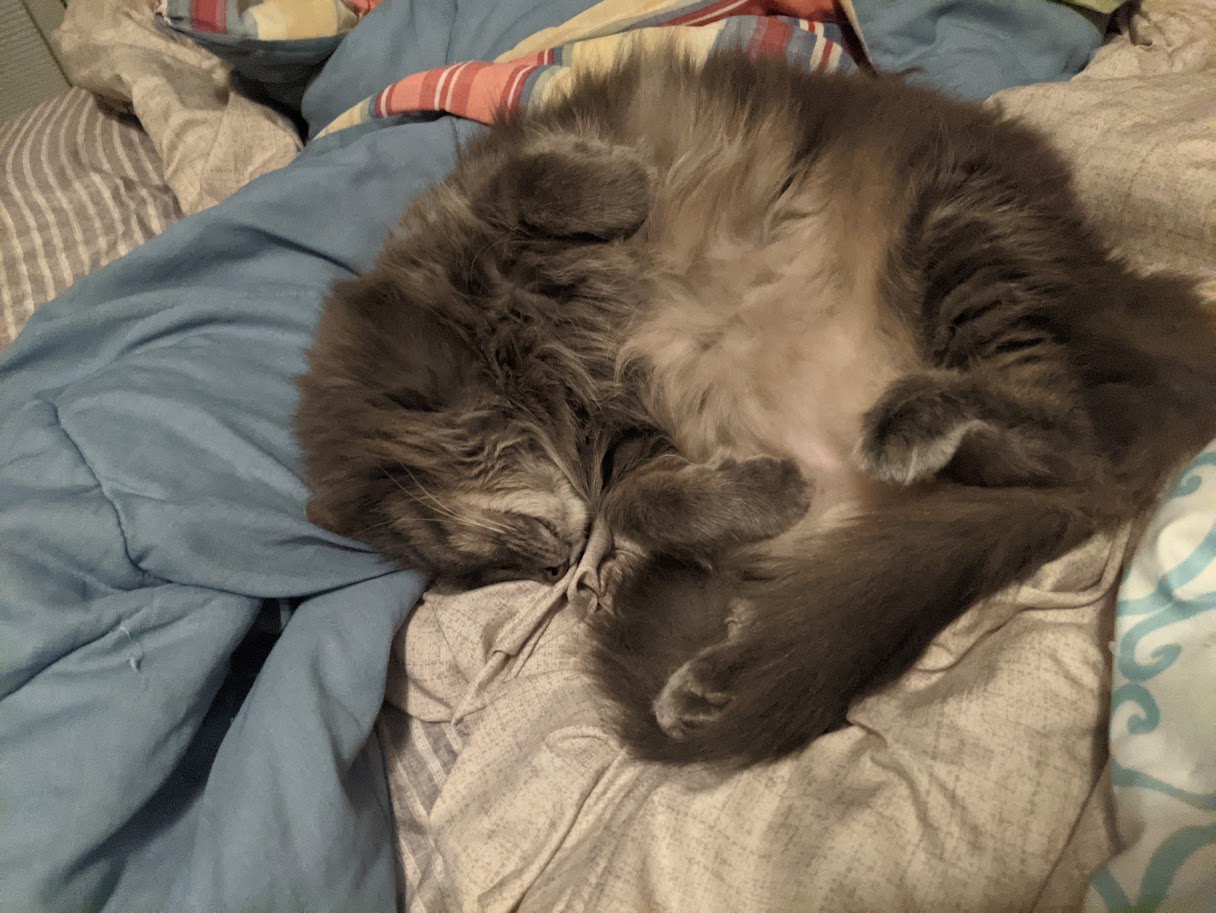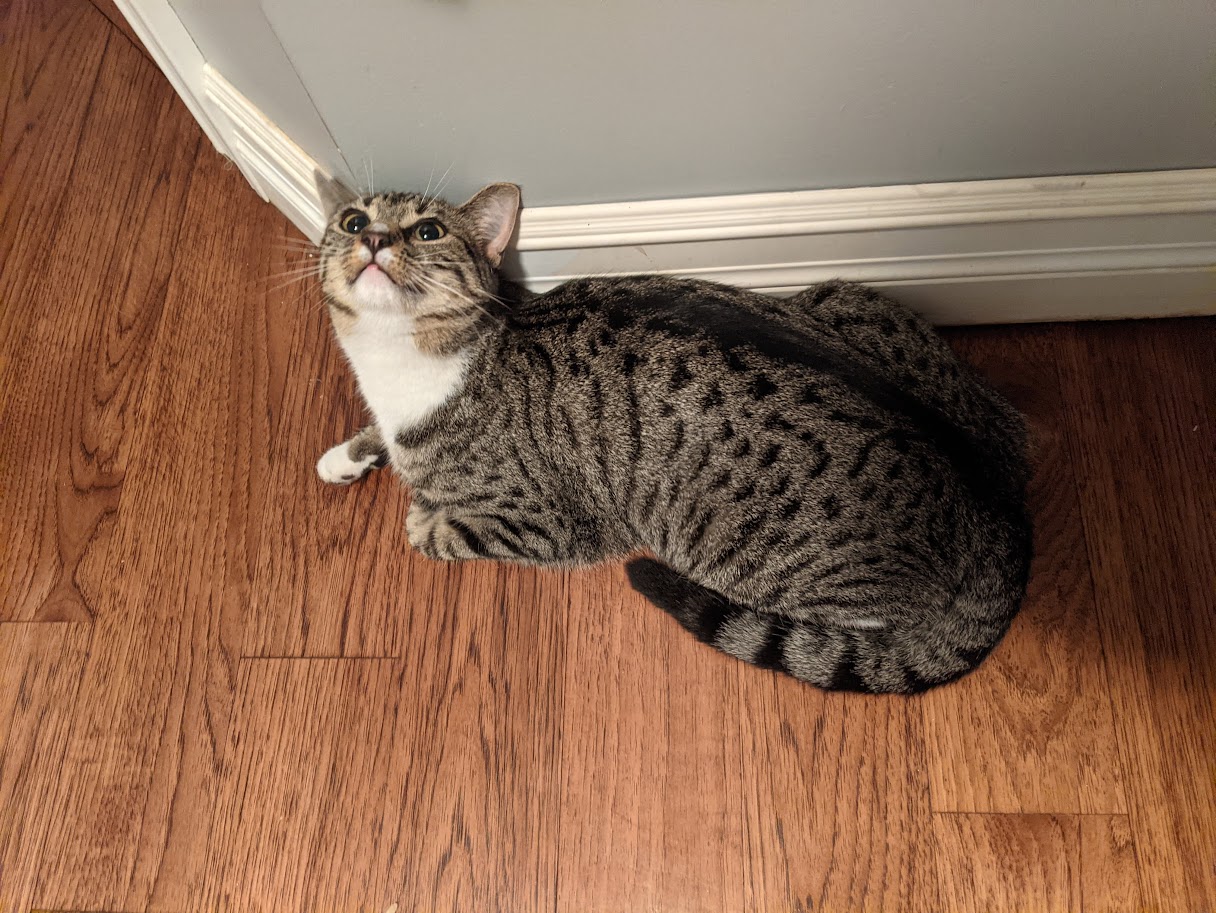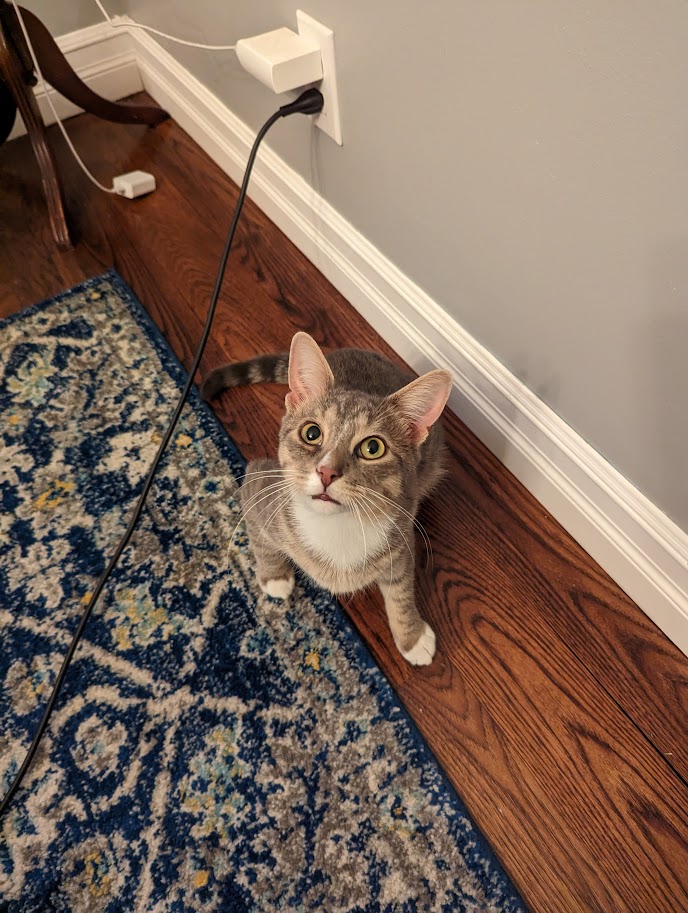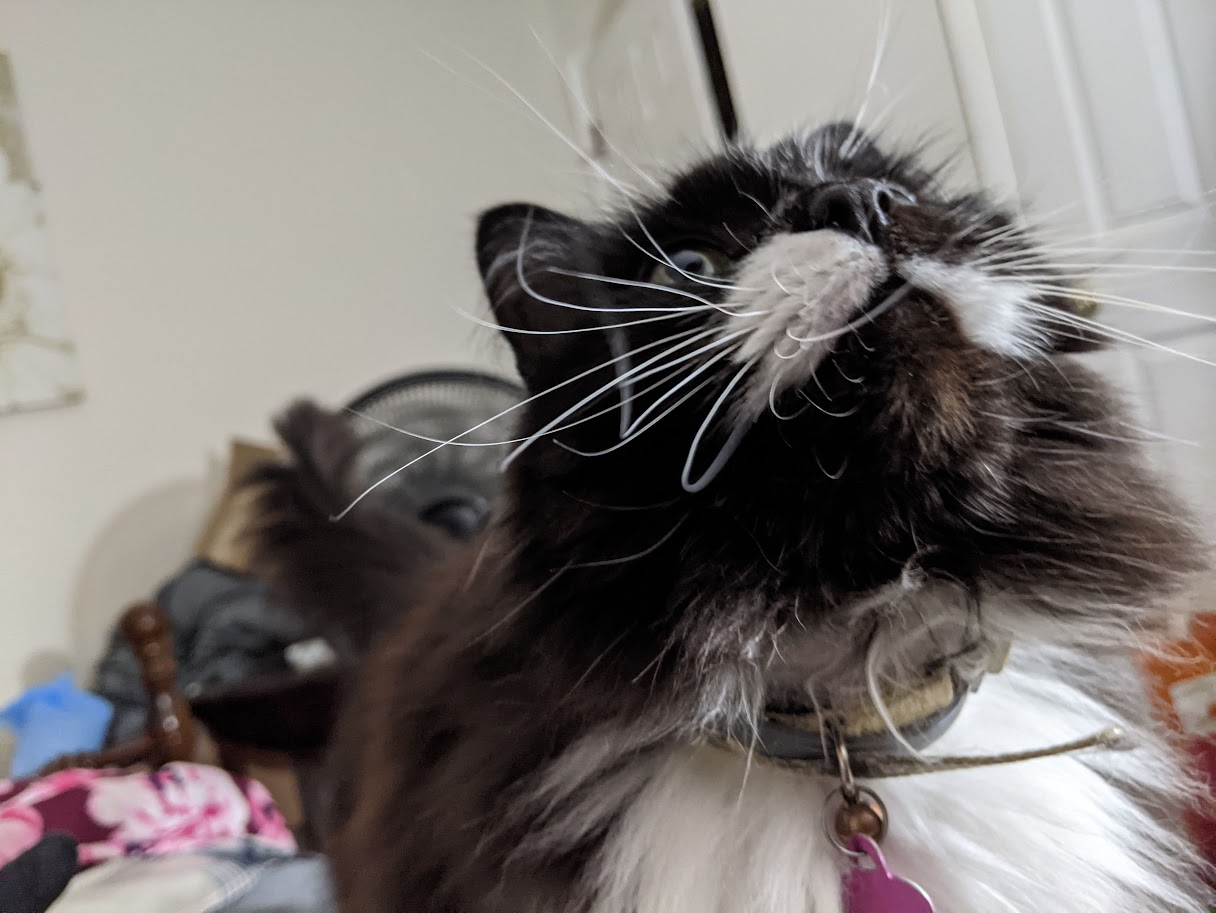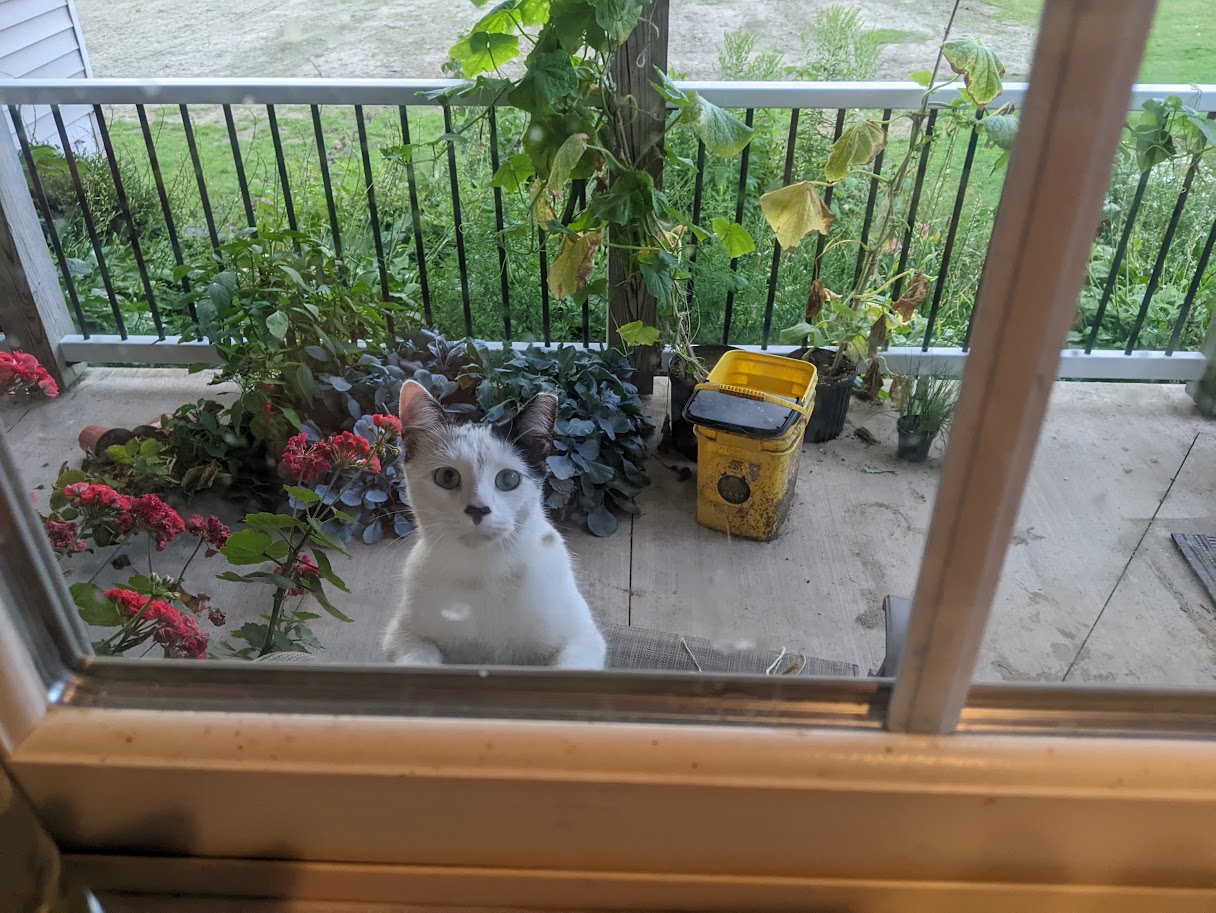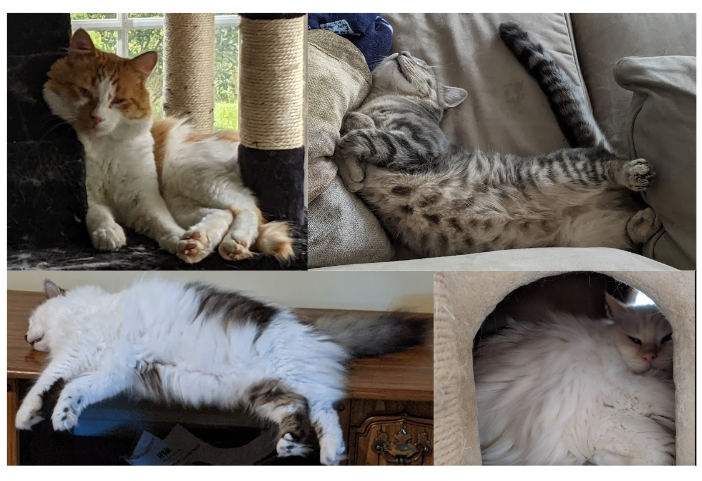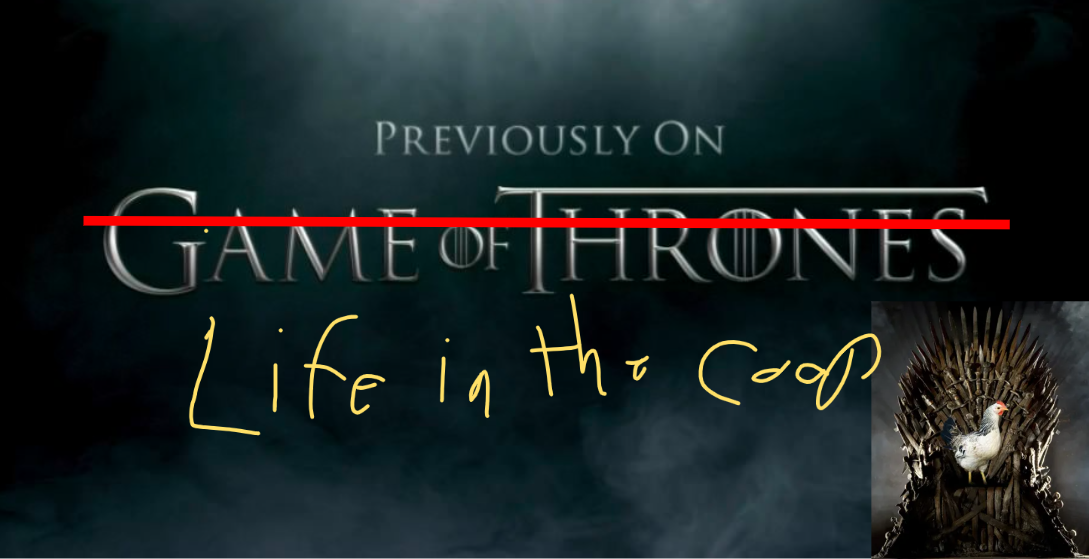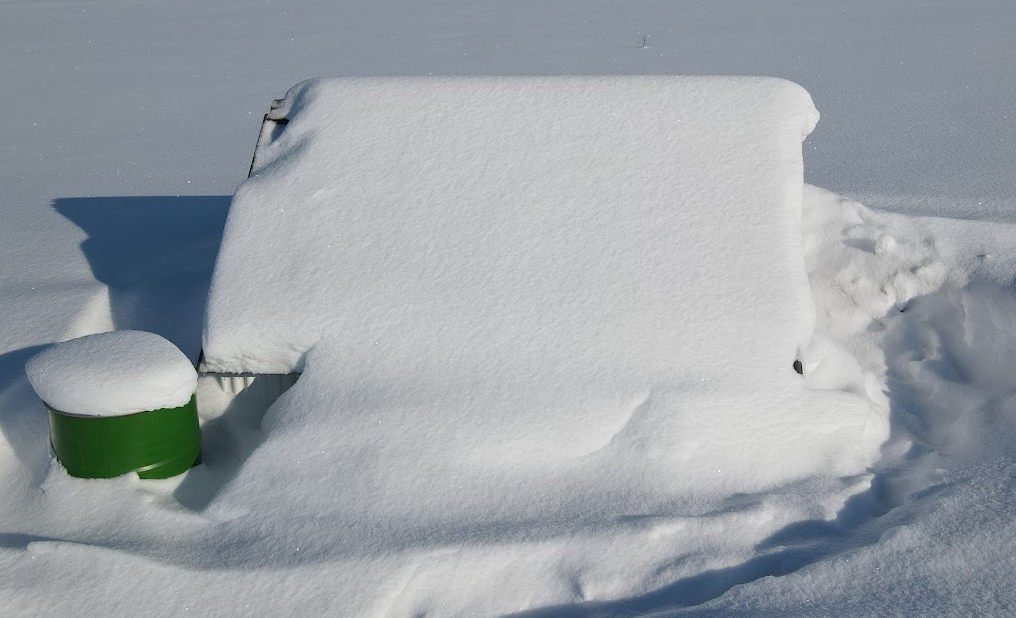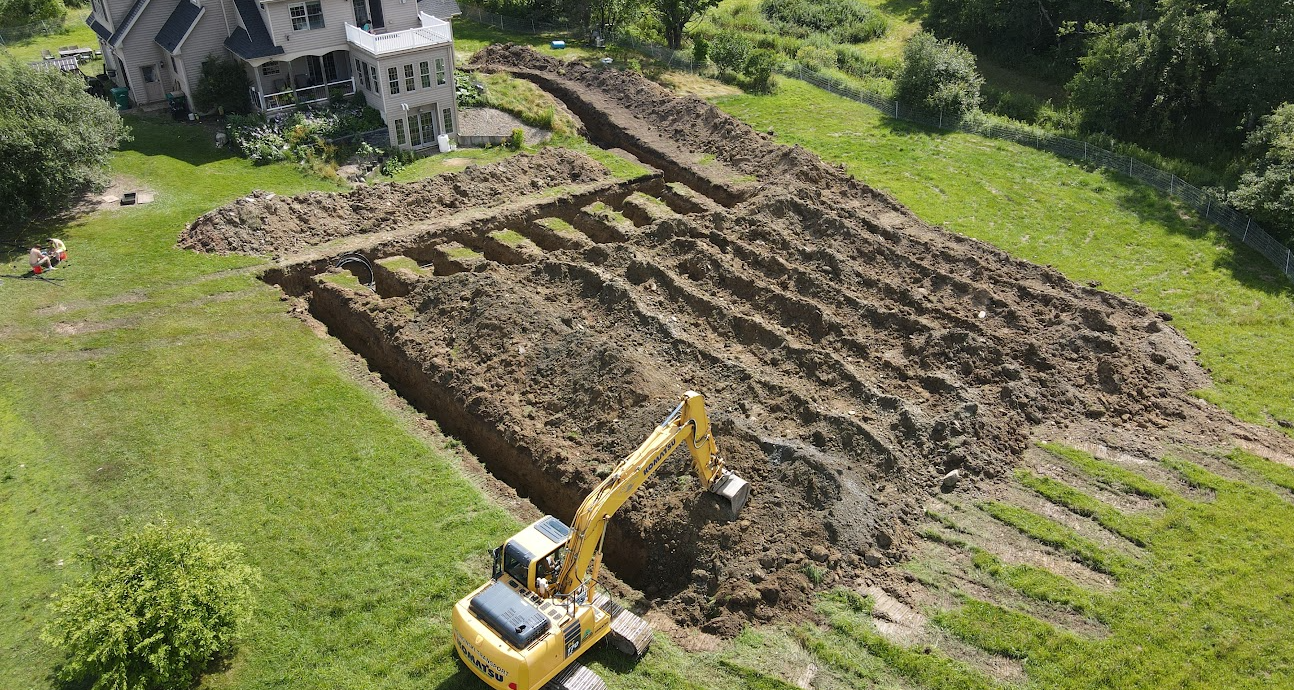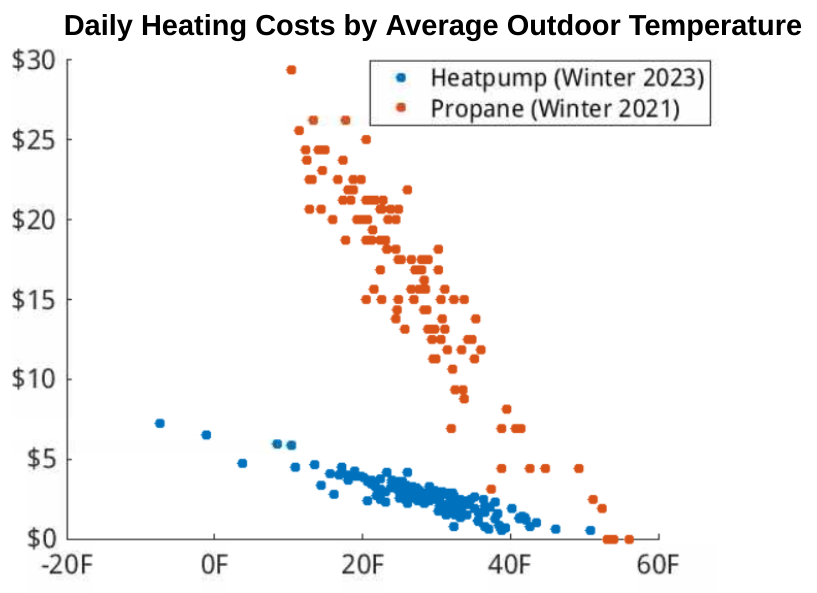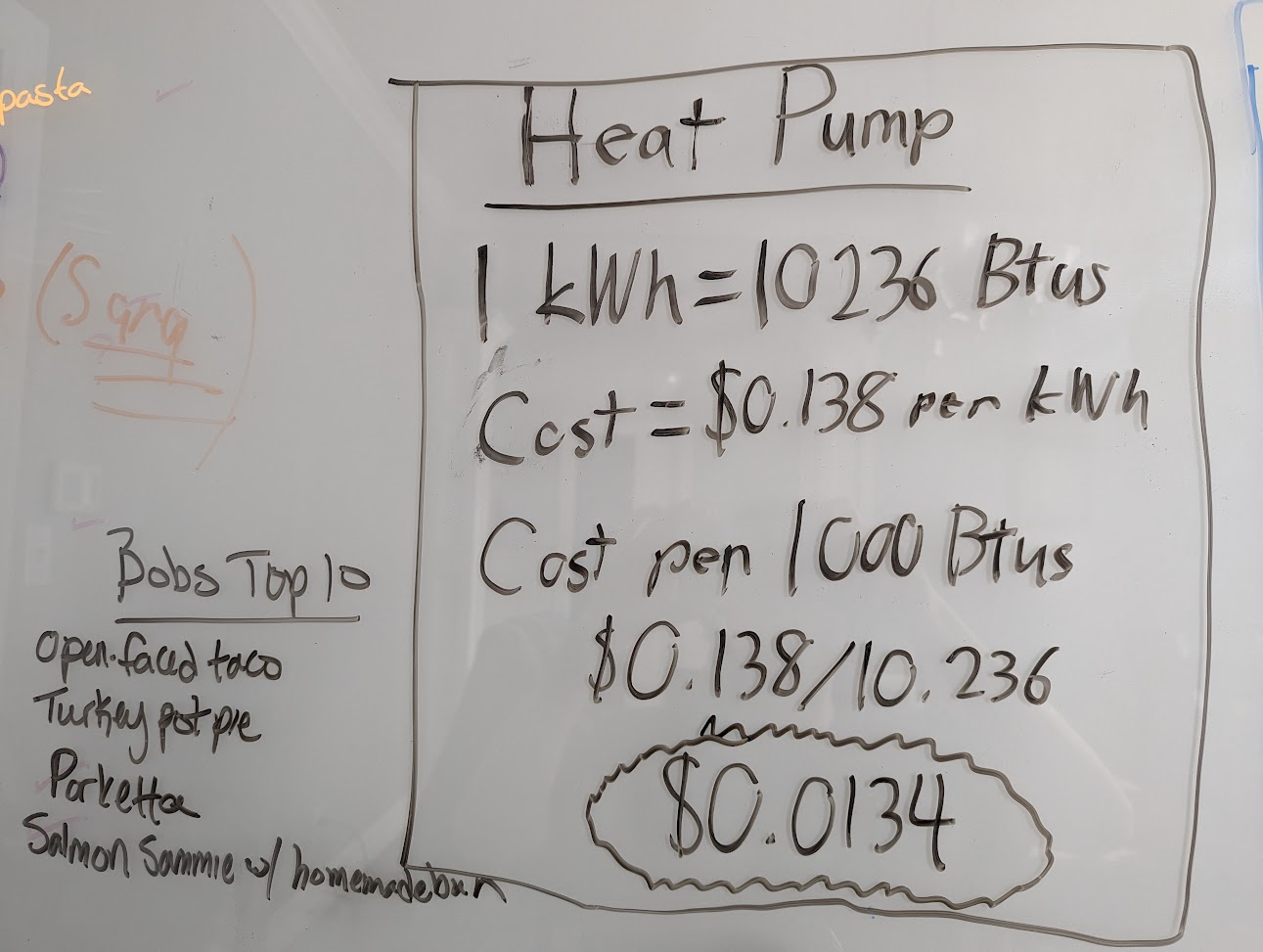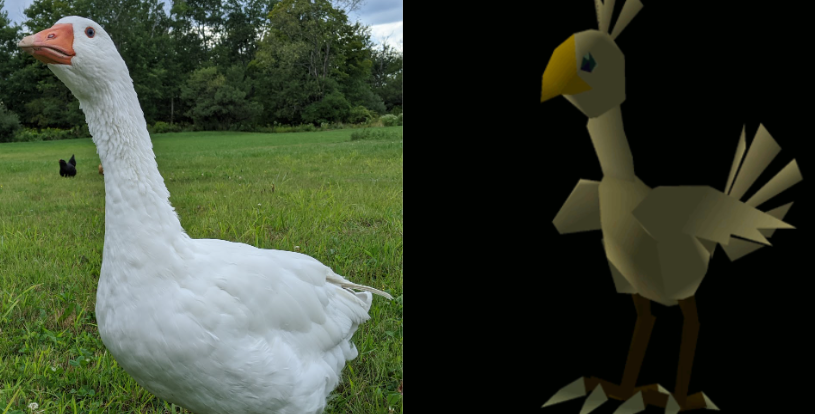When people visit the farm and see our 1000 chicken (and Goose) operation, they oftentimes come to the conclusion that chicken farming is our full-time operation. However, it turns out that selling eggs for $0.25 profit per dozen is only enough revenue to cover the costs of hosting a blog. As such, in addition to our farmwork, both Amy and Zach have 40 hour a week hobbies that they leverage to buy more food for chickens. Interested to hear more? Of course you’re not! Let’s get to it, shall we? Note that Amy’s section has been mildly edited due to potential conflicts of interest between her work and hobby.
Amy’s Hobby
Amy works for [redacted] as a [conflict of interest]. She spends much of the work day helping small scale [nouns] plan out and achieve their [objectives]. Due to the nature of her work, she’s often out-and-about, visiting [landmasses] and [the owners of those landmasses]. Lately, the outbreak of [a deadly virus] has made her very popular, and she’s made several appearances on [various media outlets] to discuss the implications of [a deadly virus] on the price of [baking ingredients with high cholesterol]. Everybody loves Amy and the work she does to make Western NY a better place for [people who wear brimmed hats] <3
Zach’s Hobby
Zach is a climate scientist. Yup. One of those guys. In a country where half of the inhabitants think climate change is fictitious, the otherwise banal question “and what do you do for a living” can be a tricky topic to navigate. Fortunately, this isn’t small talk with neighbors; it’s a blog post on a website about chickens, so buckle up and get ready to learn all about the daily adventures of a guy that studies methane!
Yes, methane. I spend all day studying this thing.
As far as gases go, methane is pretty great. We heat our homes with it. It produces lots of economic revenue. It can even be used to make flatulence jokes. Unfortunately, like all things that are good and holy in this world, this also means it’s a greenhouse gas. And indeed, a tripling of methane since the Industrial Revolution has contributed to about 0.5F of warming so far. The good news is that concentrations of methane leveled out in the mid-2000s. We did it! We did nothing and methane was defeated!!!…until it wasn’t. By 2008, it started increasing again, and now it’s increasing faster than it ever has in our lifetimes.
I am the Grand Secretariat of Methane. It is my job to observe methane, talk to methane, audit methane, become methane (I’m good at that one, Amy will testify to that). We as a community must figure out what the heck is going on with methane, because, and I’m being completely frank here, we have absolutely no idea why it’s increasing rapidly and that’s a very bad thing for long term prospects.
So how does one talk with methane? As an atmospheric scientist, our group does this using atmospheric observations. Imagine you have a big gas basin, and you want to know how much methane is escaping out of the infrastructure. Instead of measuring every one of the 100,000 or so gas wells point by point, we instead stick a methane measuring instrument on large cellphone towers both upwind and downwind of the gas basin and continuously measure over the course of days/months/years. The difference between the two values measured tells us something about the total methane that must have been emitted by everything in-between the towers.
These towers give us an observed methane enhancement. On it’s own, it’s a cool data point, but what we really need is to compare these observed values to what we should be seeing based on what we’re told the methane emissions should be. We need to model the expected methane! This is done through a series of steps involving lots of physics and math far too detailed for a farming blog post being written on a Saturday.
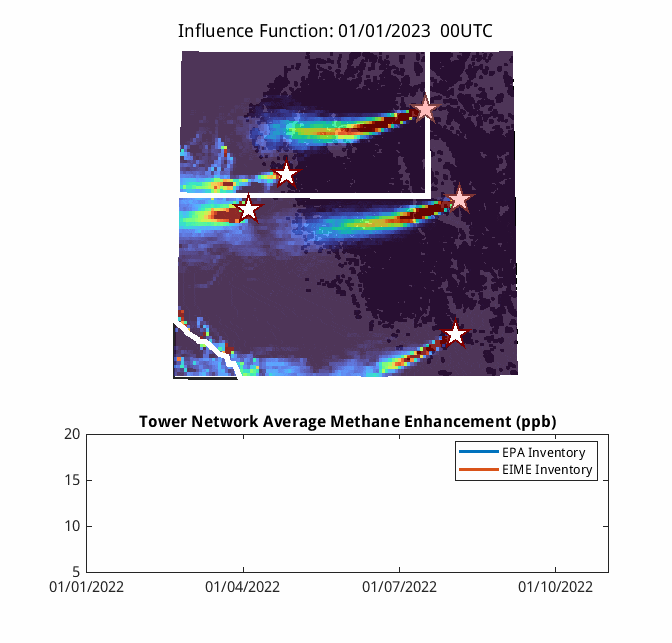
This gif is meant to convey the complexities in calculating the expected methane enhancement. Look at all the pretty moving colors!
Here’s what’s important: If the observed values are lower/higher than our modeled estimates, then we know the emissions must be lower/higher than the expected methane emissions being used in the model (it’s always higher). From there, we can work with industry, policymakers, and other groups to help identify where the missing methane emissions are coming from and what actions can be done to reduce them. By preventing methane escaping infrastructure from gas basins, we can increase the amount of fuel that makes it to powerplants and homes while also decreasing the amount of methane entering the atmosphere. It’s a win win!
So that’s my hobby. Methane Scientist! It’s not where I pegged myself being when I was 5 year old, but I do enjoy it. Others may disagree, but personally, there’s nothing better than being able to immerse oneself in a warm blanket of data, encountering new questions each day, and trying to figure out how to code your way out of it. Unfortunately, the public has spoken, and funding that was already pledged for research and climate policy has instead been redirected to more important things like eliminating the estate tax for people inheriting more than $10,000,000. Friends and colleagues of mine have already lost their jobs, and it’s looking more and more likely that my hobby as a Methane Scientist will be coming to a close before year’s end. So let us end this sad tale with a toast. Here’s to you methane, you brilliant, odorless gas! You may no longer be observed, but you will never be forgotten~
